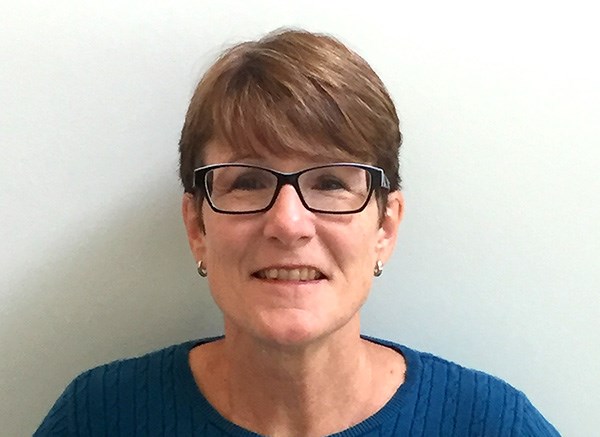On bears in our community, the message needs to be this: Welcome to Coquitlam, on the doorstep of super, green, natural B.C.
From the northern boundary, against the forest, there is No Human Habitation from here to Pemberton, 115 km straight north beyond Whistler. The landscape is mountainous with no roads. Connecting wilderness stretches around Burke Mountain to the east, all the way up the west side of Pitt Lake, boat access only. A completely wild environment, it is a Canadian jungle.
During our 23 years of residence on Burke Mountain, my neighbours and I have seen bears, cougars, raccoons, bobcats, deer, coyotes, a wolf, a red fox and wild rabbits. The area is also home to many reptiles and amphibians. A food chain exists.
We co-exist with the wild animals, understanding that this is their neighbourhood and we live in it, not the other way around.
Black bears forage the open areas that support their natural food sources: berries, fruit, insects, roots, clover blossoms, spawning salmon, etc. Our family enjoyed noisily hiking all over "our" mountain, never encountering a bear, which prefer to avoid humans.
Our obligation as residents of Canada is to help keep our wild animals wild by doing our part to properly maintain our fruit trees and gardens, handle garbage and litter appropriately and responsibly, and keep our distance from the animals, which can be unpredictable. Even deer can be aggressive, known to stomp people and dogs using sharp hooves.
So what’s the big deal if a bear gets into your garbage? Human garbage is dangerous to bears. When they find syrup or meat juices on packaging like cellophane, plastic, foil and Styrofoam, they don’t pick through and just lick it off, they eat it completely. They can’t digest that material, so it lines their stomach and intestinal tracts, preventing them from getting any nourishment. Thus, the bear that habitually eats human garbage risks becoming desperately hungry and dangerous, cranky and aggressive as it tries to eat even as it is starving to death.
This is especially the plight of bears hanging out at dumps in B.C.'s Interior.
Drake Stephens, the former Coquitlam bear aware co-ordinator, told us all, for years, that bears have the intelligence of 11-year-old humans.
They are clever and opportunistic, and can learn certain skills, like opening car doors and garbage bins — and they teach their young. If they can access human garbage, they soon learn that hanging around our homes gives them a good chance for an easy snack, especially on garbage day, which in their own way they keep track of.
Bears smell food from many kilometres away and if a bear smells something potentially good to eat, it will investigate. Determining the source of the delectable smell is inaccessible, it will move on but won’t communicate that to other bears in the area.
Keep your kitchen waste and garbage bins in your enclosed garage or you will have different bears coming to investigate. Check your yard before letting children out to play, making lots of noise when heading out. Healthy bears will not hang about.
Let out a whoop every so often if mountain biking, hiking alone, on a windy day or near rushing water. They have exceptional hearing and will move off.
Do not surprise black bears and make sure they can escape from you. If you do surprise a bear, speak in a calm voice to identify yourself and back away slowly. Their sight is terrible. If you see a wild animal while driving and you would like to enjoy watching it, pull to a safe place completely off the road and stay in your car, where you are protected. Mother bears will safeguard their young with their lives so never get between a sow with a cub or move toward them.
--Janet Klopp, a Coquitlam resident, is a TOC in School District 43 and has spent a great deal of time, from a very young age, in wilderness areas of B.C.



